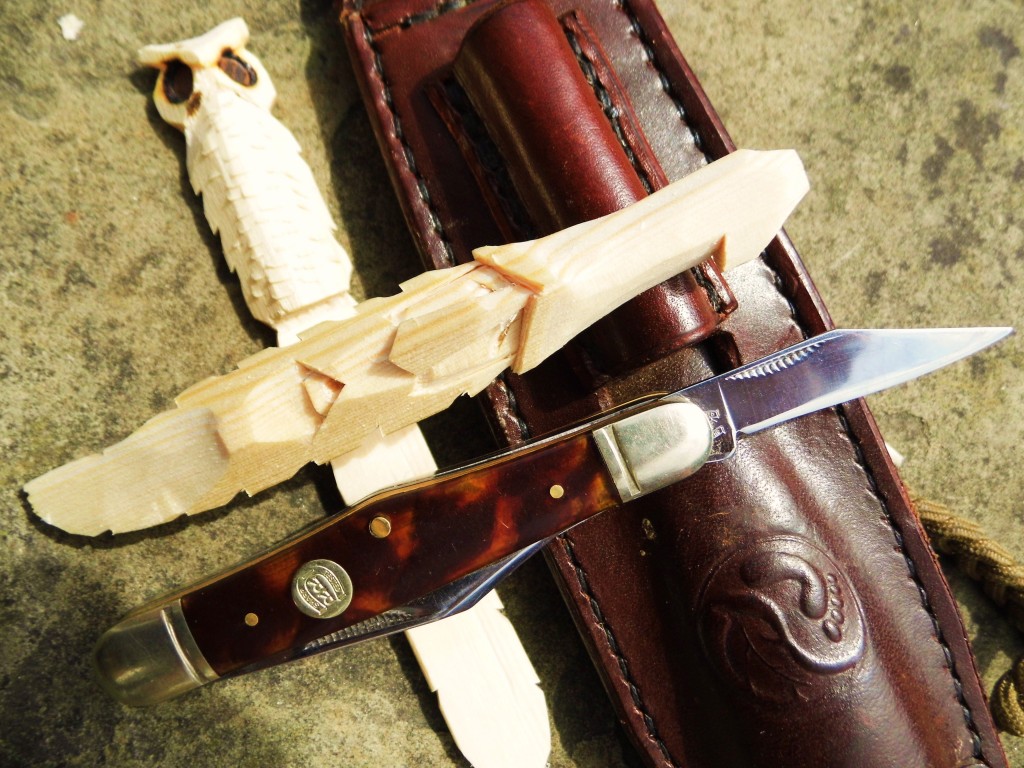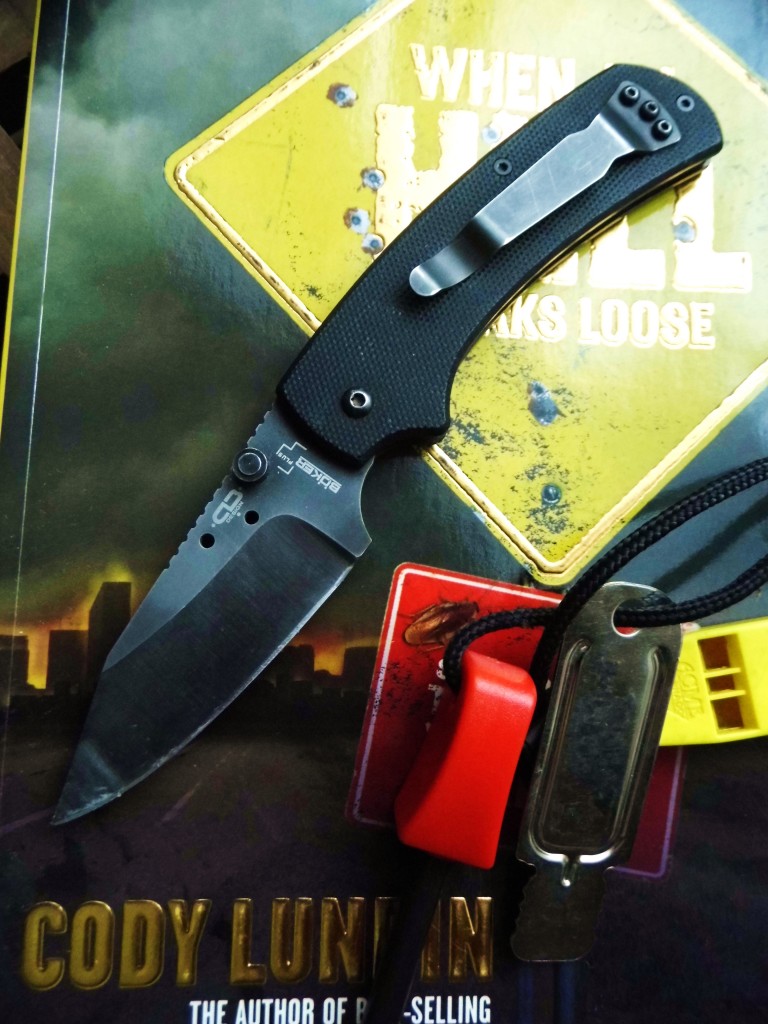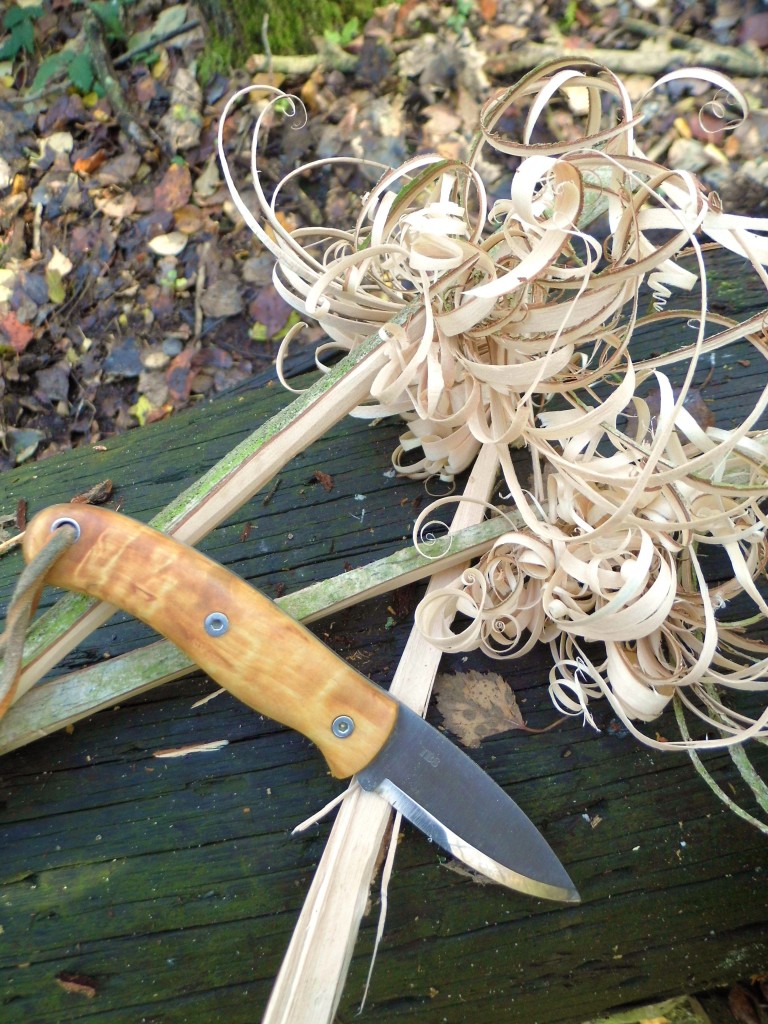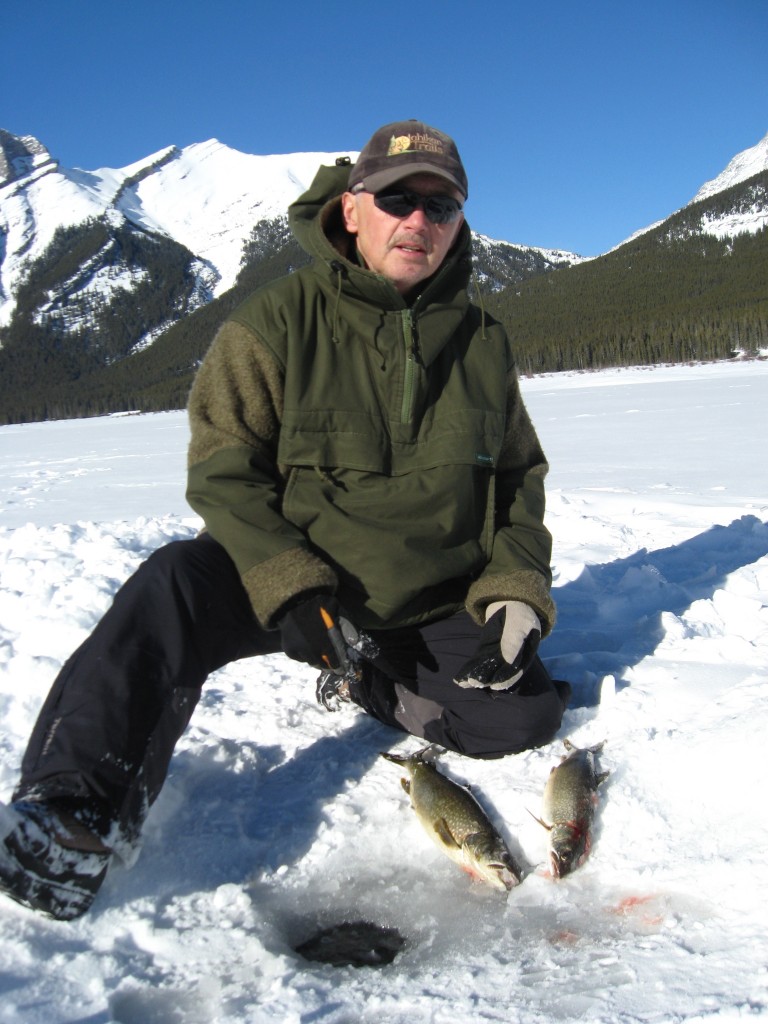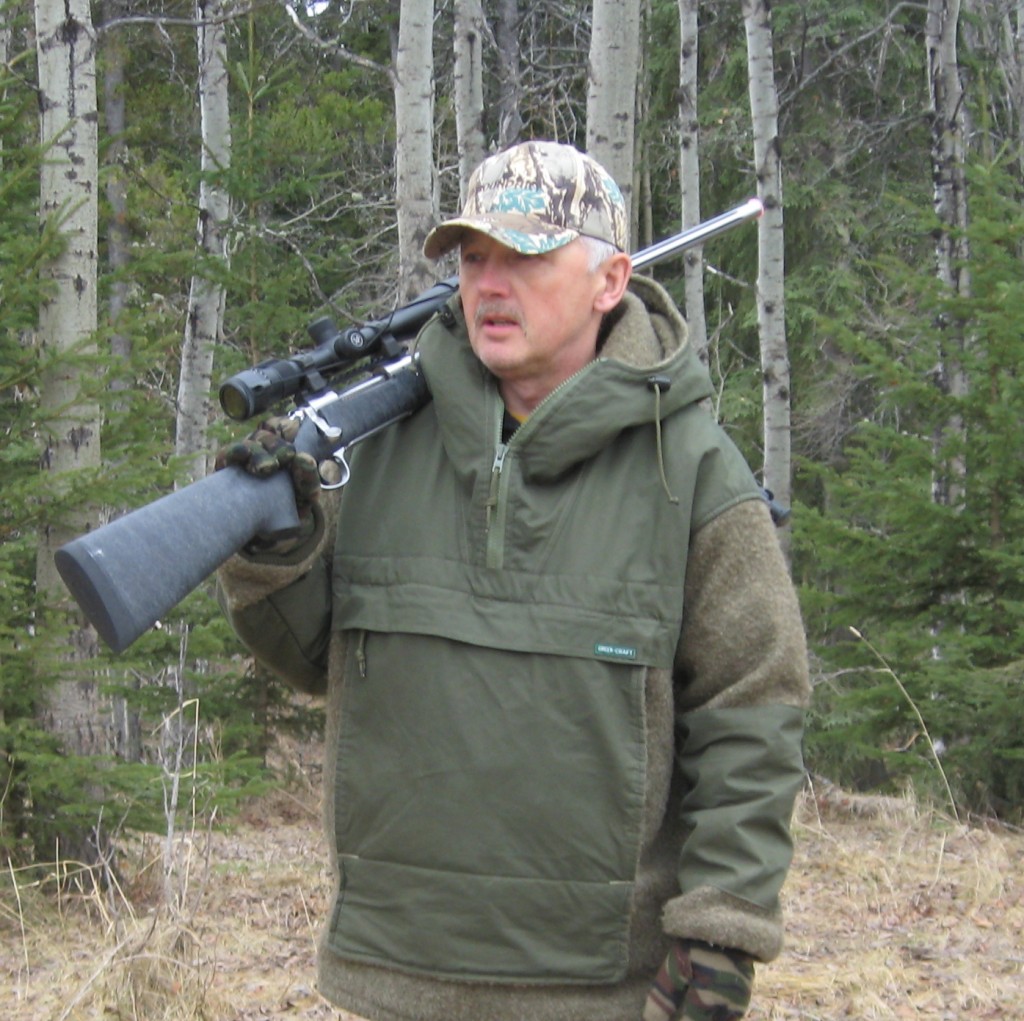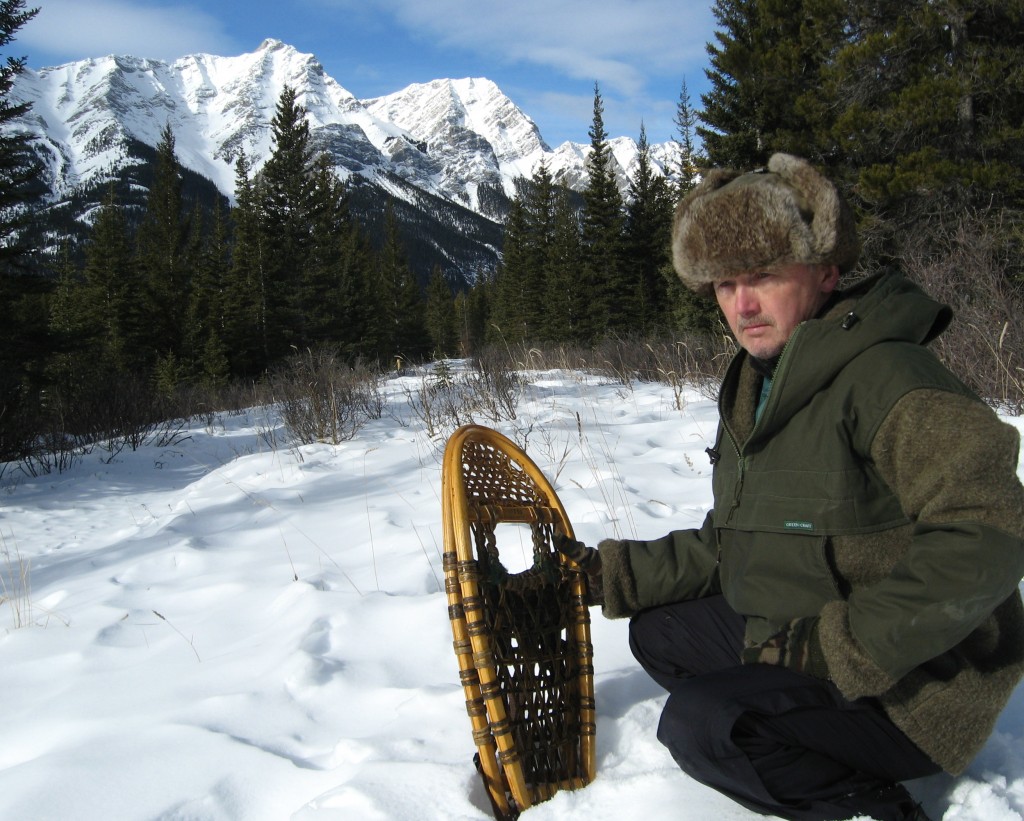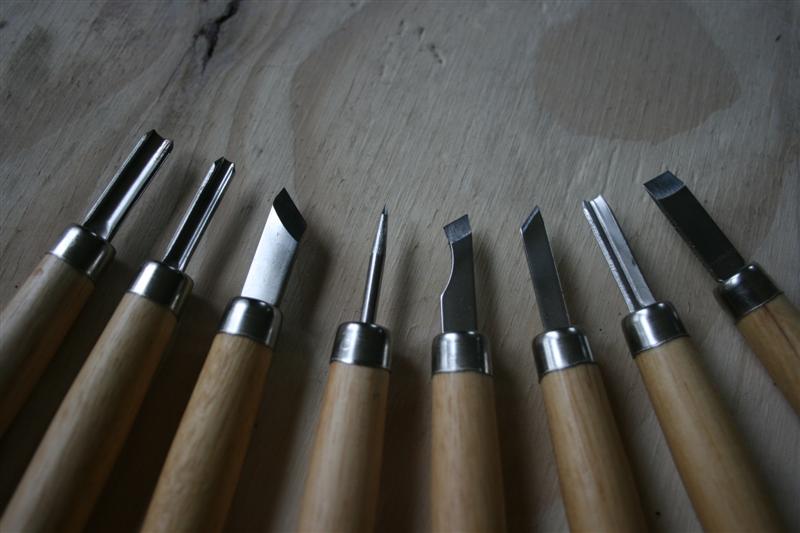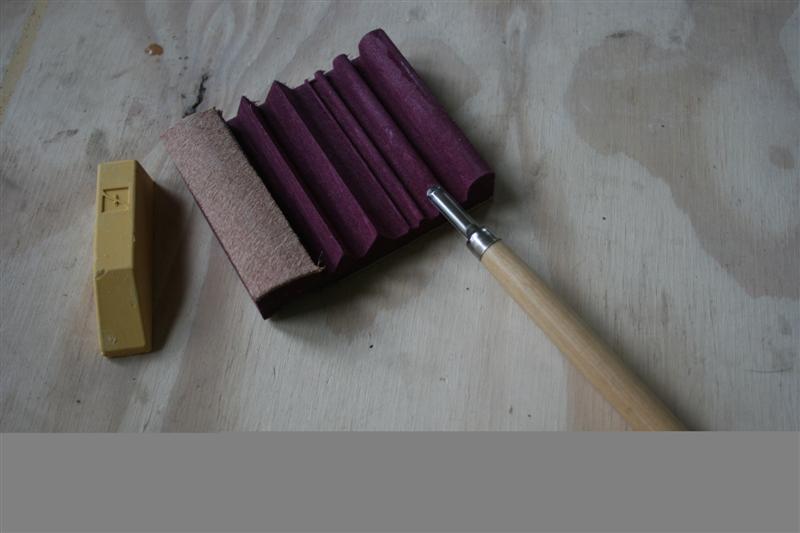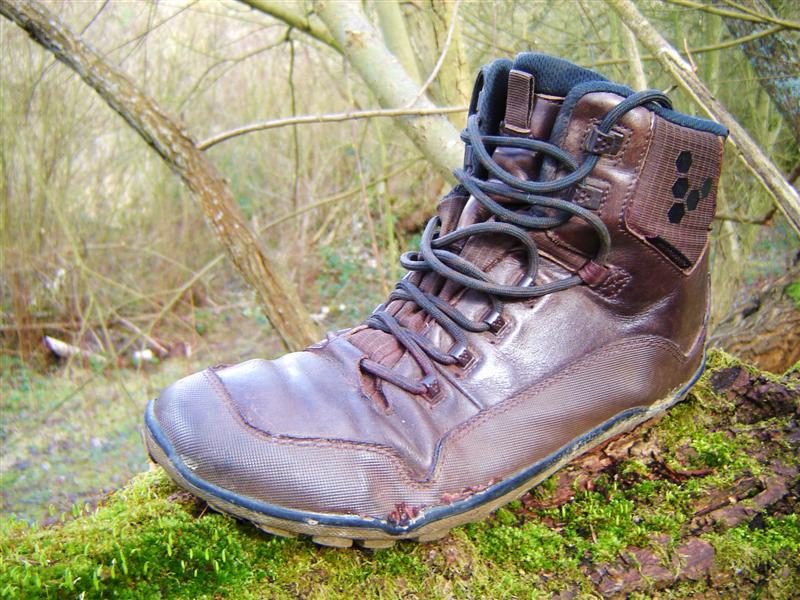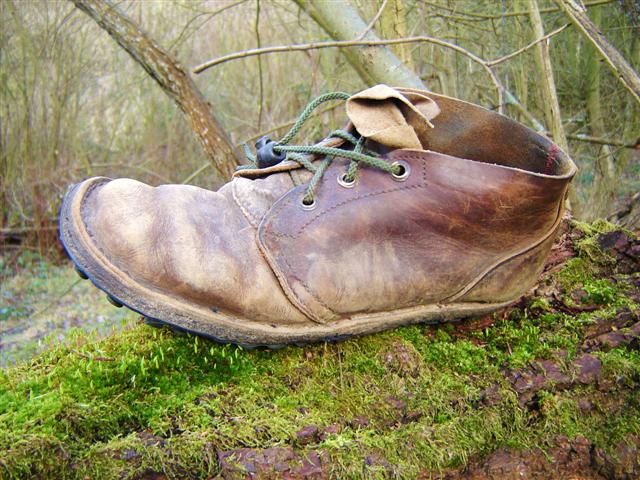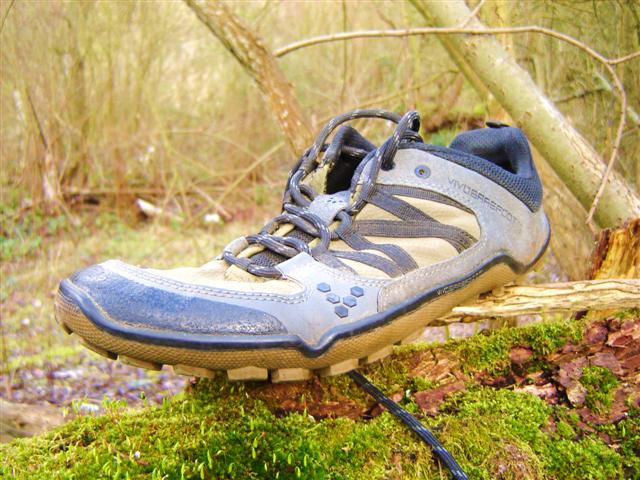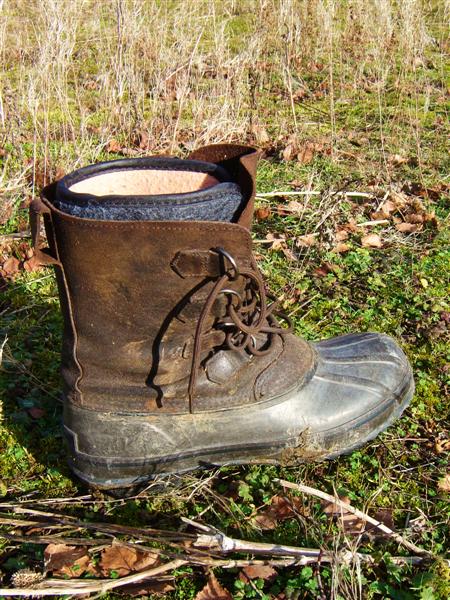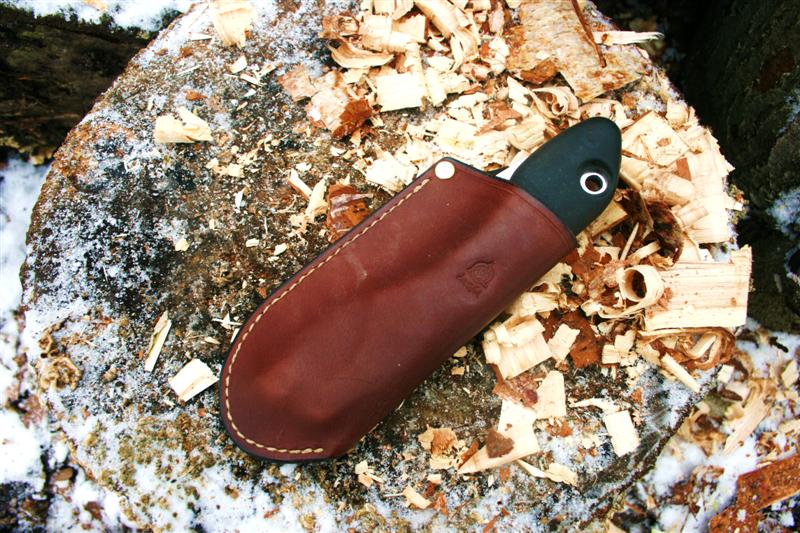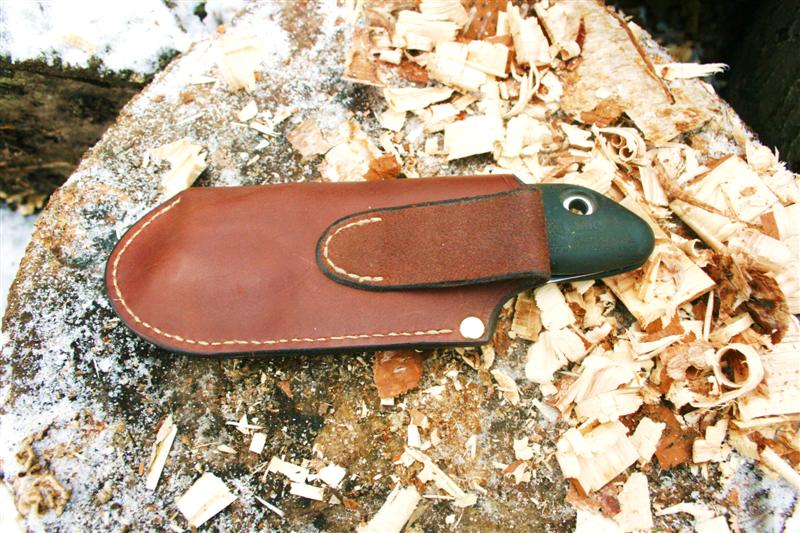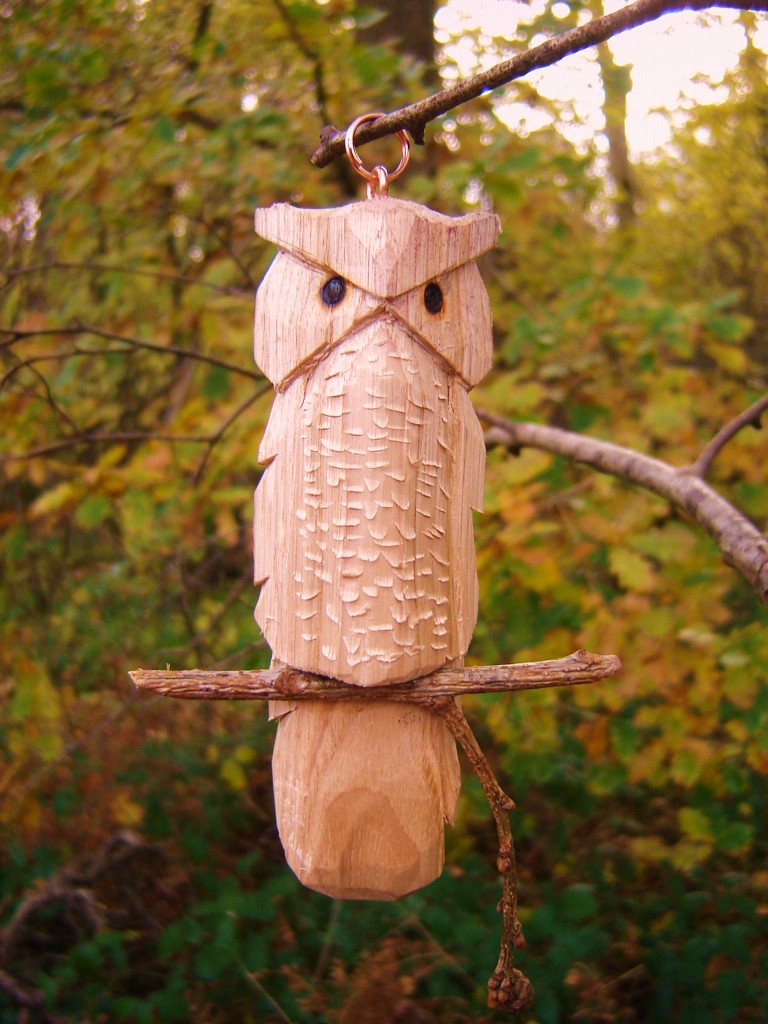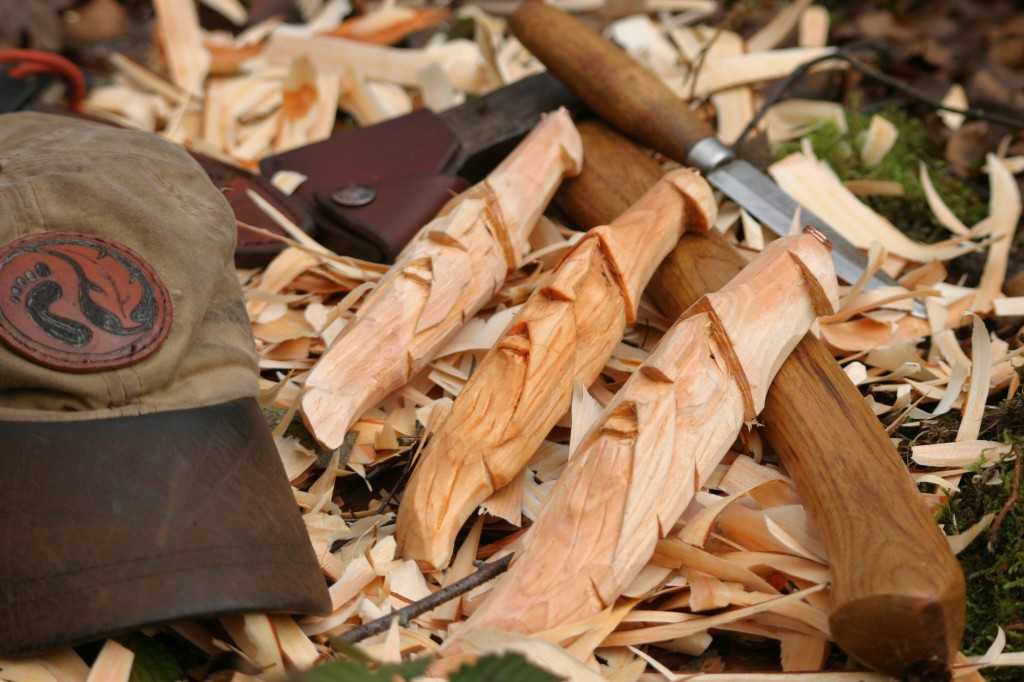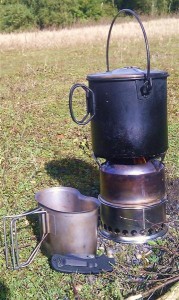Lowa Uplander boots
I have owned my uplanders for about five months now and feel that I have used them enough to review them. Before I start I have copied Lowa’s description of the boot;
They are 10″ high and made from premium leather and lined with Gore-Tex for complete protection. Stable Vibram Vialta rubber outsole combined with bi-injection special performance PU midsole developed by Lowa, in partnership with world leader in sole design Vibram. Full-length plastic stabilisers between the midsole and the outsole provide excellent ankle support and torsion control over rocky terrain.
After some extensive searching for new footwear I eventually decided to try the Lowa Uplander. I have owned Lowa boots before and after reading many on-line reviews, they were the only brand with an unblemished record for the type of boot I wanted. With the exception of my ice climbing scarpa’s these are the most expensive boots I have owned to date. My nearest stockist was the Bushcraft Store, and they retail there at £169.95p. I personally found the Bushcraft Store a pleasure to deal with, they ordered in a size 10 ½ for me just in case a 10 didn’t fit and their e-mail responses were prompt and helpful. I felt the hours drive was worth while as I like to try on my footwear, I have learnt to my cost when you send boots back, it is a lot more than the original postage.
I wanted a boot for hunting, bushcraft, and general countryside use. I have a preference for military style boots, I feel more comfortable with the support that comes with the higher boot. When combined with a Gore-Tex lining it is also useful for shallow wading and boggy ground. Most of the boots I looked at were far too rigid and clumsy for my liking. The uplander offers good support combined with a soft flexible feel, which I wanted for sneaking up on people and wildlife. For those who have worn various military boots they are like a desert boot designed for rough ground with a Gore-Tex lining. Through out the winter I have worn the boots in the woods and fields of Kent and Sussex, and on three trips to Exmoor. They have performed well in various ground and weather conditions. From steep rocky ascents and descents, peat bog, muddy paths, open moorland, rough pathways, rain, ice, rocks, sleet, sand, and mud so far nothing seems to phase them. I have slipped on wet rock but I feel that is not the end of the world, as from my climbing days I know this is a hazard even with mountaineering boots.
I waded many rivers and streams in Exmoor to test the Gore-Tex lining, I went up to approx. 8” depth, in fast flowing shallow water. I also stood in one stream for about 10 minutes to give them a good soaking, so far dry feet. I have had cold feet on occasion whilst deer stalking, however I was not producing much heat due to the static / slow movement associated with this type of hunting. Whilst distance walking on Exmoor my feet were like toast, even though the boots were soaked and muddy. To date I am pleased with my choice, which is good if you remember the cost! I intend to use the boots all year round, some might not get on with Gore-Tex in the summer but it doesn’t bother me personally.

